Home>Gardening & Outdoor>Landscaping Ideas>How Does Allegiant Stadium Have Real Grass
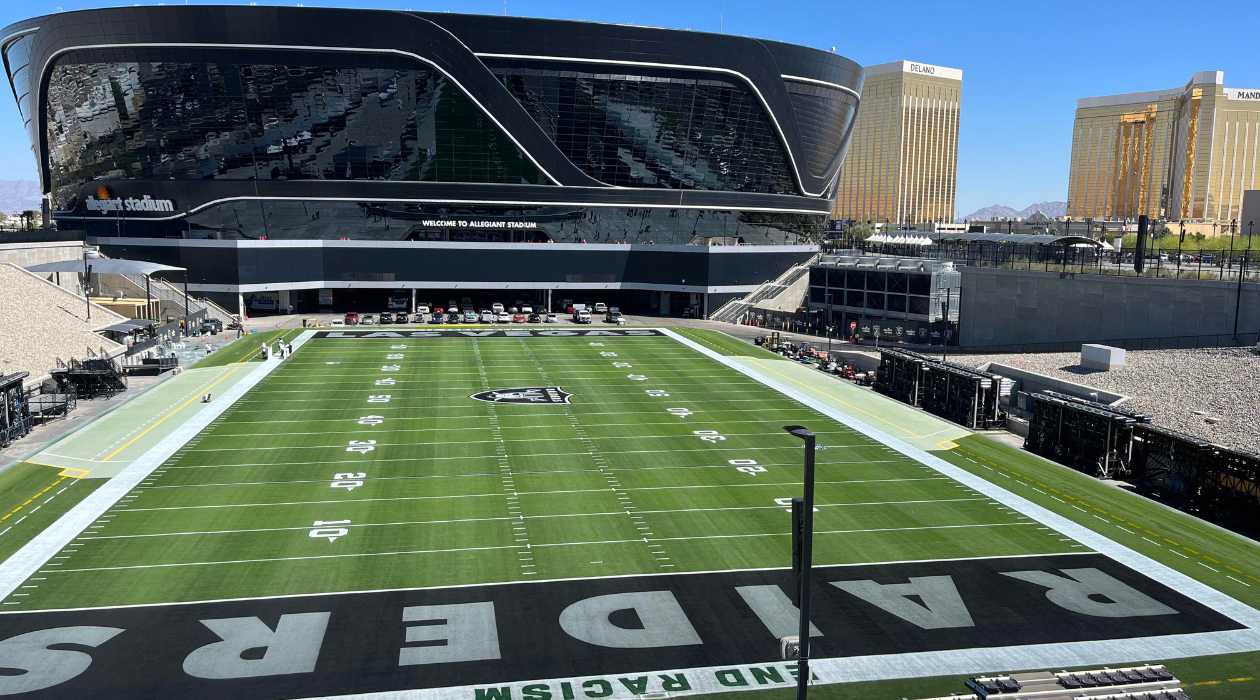

Landscaping Ideas
How Does Allegiant Stadium Have Real Grass
Published: January 29, 2024
Discover how Allegiant Stadium maintains real grass with innovative landscaping ideas. Learn the secrets behind their natural turf in this in-depth guide.
(Many of the links in this article redirect to a specific reviewed product. Your purchase of these products through affiliate links helps to generate commission for Storables.com, at no extra cost. Learn more)
**
Introduction
**
When it comes to sports stadiums, the use of natural grass has always been a point of contention. The desire for an authentic playing surface often clashes with the practical challenges of maintaining natural grass in a covered stadium. However, Allegiant Stadium, home to the Las Vegas Raiders, has defied convention by incorporating a real grass playing field within a domed structure. This innovative feat has sparked curiosity and admiration, leaving many to wonder: How does Allegiant Stadium manage to maintain real grass in a fully enclosed environment? In this article, we will delve into the intricacies of this remarkable achievement, exploring the challenges, solutions, and benefits of having a real grass playing surface in a state-of-the-art stadium. Join us as we uncover the fascinating story behind Allegiant Stadium's living, breathing field of play.
Key Takeaways:
- Allegiant Stadium uses a special moving platform to bring real grass in and out, so it gets sunlight and fresh air, just like it’s outside. This helps the grass stay healthy and green for games.
- Having real grass in the stadium makes the playing surface better for athletes, looks beautiful for fans, and helps the environment by absorbing carbon dioxide. It’s a win-win for everyone!
Read more: How Many Nfl Fields Have Real Grass
The Challenges of Real Grass in a Stadium
Integrating natural grass into a stadium presents a myriad of challenges, especially when the venue is designed to have a roof or a retractable dome. The primary concern revolves around the limited access to sunlight and ventilation, both of which are essential for the healthy growth of grass. In a traditional outdoor setting, natural grass thrives under the open sky, basking in sunlight and receiving the necessary airflow. However, when confined within the walls of a stadium, these vital elements become scarce commodities.
Furthermore, the heavy foot traffic and rigorous activities that take place on a stadium field place immense stress on the grass. This can lead to compaction of the soil, hindering root growth and water absorption. Additionally, the potential for uneven wear and tear poses a significant challenge, as maintaining a consistent and pristine playing surface becomes increasingly difficult.
Another critical factor to consider is the impact of inclement weather. While an outdoor field can benefit from natural rainfall and temperature fluctuations, a stadium with a closed roof must rely on artificial means to provide the necessary elements for grass maintenance. This artificial environment can lead to issues such as humidity imbalance, temperature control, and the risk of mold or fungus growth, all of which can jeopardize the health of the grass.
These challenges have historically led many stadium designers to opt for synthetic turf, which offers durability and low maintenance requirements. However, the allure of real grass, with its aesthetic appeal and natural feel, continues to drive the pursuit of innovative solutions to overcome these obstacles.
The Solution: A Retractable Field Tray
Allegiant Stadium has ingeniously tackled the challenges of maintaining real grass in a covered environment through the implementation of a cutting-edge technology known as a retractable field tray. This innovative system allows the natural grass playing surface to be exposed to sunlight and fresh air when the stadium is not in use, effectively mimicking the conditions of an outdoor field.
The retractable field tray operates on a set of rails, enabling it to move in and out of the stadium as needed. When the stadium is closed, the field tray is positioned outdoors, fully exposed to natural light and ventilation. This setup provides the grass with the essential elements for healthy growth, fostering robust roots and vibrant greenery.
During inclement weather or when the stadium is hosting events, the field tray seamlessly retracts back into the stadium, safeguarding the grass from potential damage and ensuring a pristine playing surface for games and other activities. This dynamic system not only addresses the limitations of a covered stadium but also exemplifies a harmonious blend of nature and technology.
Furthermore, the retractable field tray allows for efficient maintenance and turf management. Groundskeepers can easily access the field for mowing, watering, fertilization, and other essential care routines. This level of hands-on maintenance is instrumental in preserving the quality and resilience of the grass, ensuring that it meets the rigorous demands of professional sports while providing a visually stunning backdrop for spectators.
By embracing the retractable field tray technology, Allegiant Stadium has set a new standard for stadium design, demonstrating that the allure of real grass can coexist with the practical considerations of a covered venue. This groundbreaking solution has captivated sports enthusiasts and industry professionals alike, showcasing the power of innovation in redefining the possibilities of stadium environments.
Allegiant Stadium has a natural grass field that can be moved in and out of the stadium on trays. This allows the grass to get sunlight and grow outside the stadium, then be moved inside for games.
The Benefits of Real Grass in Allegiant Stadium
Allegiant Stadium’s commitment to maintaining a real grass playing surface yields a multitude of benefits that significantly enhance the overall experience for athletes, spectators, and the environment. The decision to incorporate natural grass within the stadium’s innovative design has elevated the standard for sports venues, offering a host of advantages that extend beyond the aesthetic appeal of a lush green field.
First and foremost, the presence of real grass provides a more natural and inviting playing surface for athletes. The organic texture and resilience of natural grass offer superior traction and shock absorption, reducing the risk of injuries and enhancing performance. Athletes can confidently maneuver on the field, knowing that the surface beneath them is responsive and forgiving, thereby optimizing their athletic abilities.
Moreover, the aesthetic charm of real grass creates a visually captivating environment for spectators. The vibrant green expanse of the playing field, set against the backdrop of the stadium’s architectural grandeur, evokes a sense of natural beauty and tranquility. This immersive experience enriches the connection between fans and the game, fostering a deeper appreciation for the sport and its surroundings.
From an environmental perspective, the presence of real grass contributes to the stadium’s sustainability efforts. Natural grass acts as a carbon sink, absorbing carbon dioxide from the atmosphere and mitigating the stadium’s ecological footprint. Additionally, the maintenance of natural grass promotes biodiversity, providing a habitat for beneficial insects and microorganisms that contribute to the local ecosystem.
Furthermore, the utilization of real grass aligns with the growing trend of eco-conscious practices in sports and entertainment venues. By showcasing the viability of natural grass in a covered stadium, Allegiant Stadium sets a precedent for sustainable design and responsible resource management, inspiring other facilities to explore environmentally friendly alternatives.
Beyond its functional and environmental advantages, the presence of real grass in Allegiant Stadium symbolizes a dedication to tradition and authenticity in sports. It harkens back to the roots of athletic competition, where the connection to the earth and the elements played a fundamental role in the sporting experience. This nod to tradition resonates with fans and athletes alike, fostering a sense of heritage and reverence for the timeless appeal of natural playing surfaces.
Allegiant Stadium’s embrace of real grass stands as a testament to the enduring allure of natural elements in the modern sports landscape, demonstrating that innovation and tradition can harmoniously coexist to create an unparalleled experience for all who step foot onto the hallowed grounds of the stadium.
Conclusion
The incorporation of real grass within the confines of Allegiant Stadium represents a triumph of ingenuity and a testament to the unwavering allure of natural elements in the realm of sports. By overcoming the challenges of maintaining natural grass in a covered environment and embracing the innovative solution of a retractable field tray, Allegiant Stadium has redefined the possibilities of stadium design, setting a new standard for sports venues worldwide.
As the home of the Las Vegas Raiders, Allegiant Stadium stands as a beacon of innovation and sustainability, offering athletes and spectators a dynamic and immersive experience that seamlessly integrates the beauty of nature with the advancements of modern technology. The benefits of real grass extend beyond its visual appeal, encompassing enhanced athletic performance, environmental stewardship, and a deep-rooted connection to the traditions of sportsmanship.
Allegiant Stadium’s commitment to real grass serves as an inspiration for future stadium developments, encouraging the exploration of eco-friendly solutions and the preservation of authentic sporting experiences. By elevating the standard for stadium playing surfaces, Allegiant Stadium has not only enhanced the game-day experience for athletes and fans but also exemplified the harmonious coexistence of nature and innovation in the world of sports.
As we marvel at the living, breathing field within the confines of Allegiant Stadium, we are reminded of the enduring power of nature to captivate, inspire, and elevate human endeavors. The story of Allegiant Stadium’s real grass serves as a testament to the timeless allure of the natural world, weaving a narrative of resilience, sustainability, and the boundless potential of human ingenuity.
As we look to the future of stadium design and sports architecture, let us carry forward the spirit of innovation and reverence for nature exemplified by Allegiant Stadium, ensuring that the legacy of real grass endures as a symbol of authenticity, excellence, and the enduring connection between sports and the natural world.
Frequently Asked Questions about How Does Allegiant Stadium Have Real Grass
Was this page helpful?
At Storables.com, we guarantee accurate and reliable information. Our content, validated by Expert Board Contributors, is crafted following stringent Editorial Policies. We're committed to providing you with well-researched, expert-backed insights for all your informational needs.
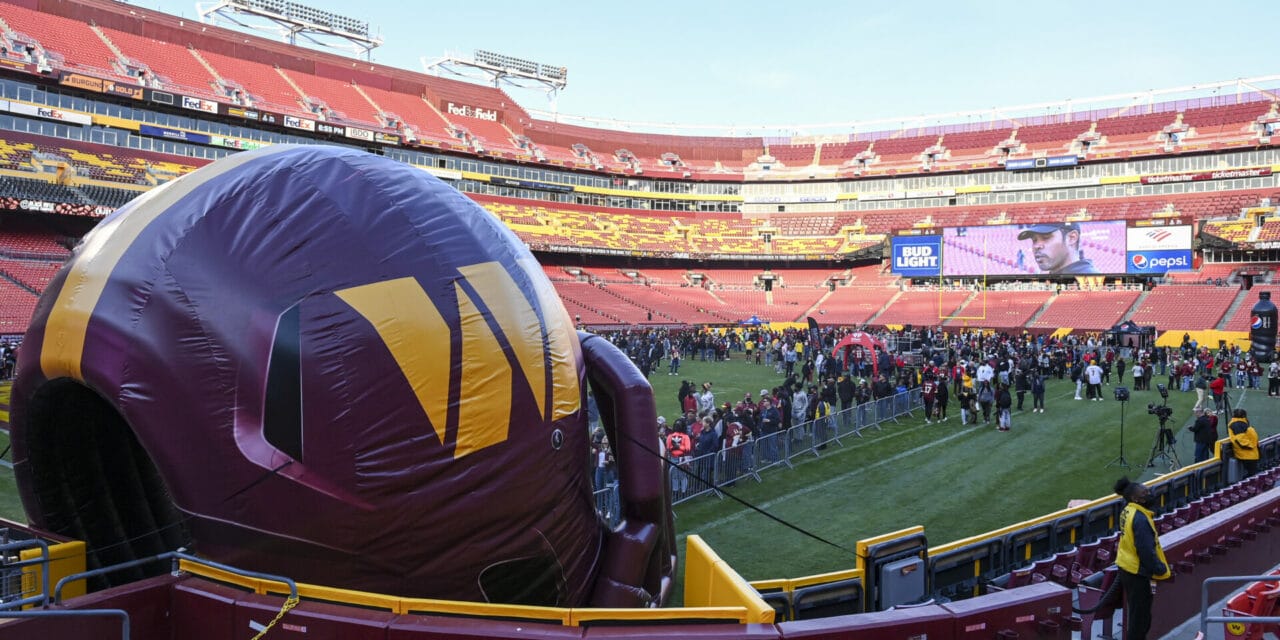
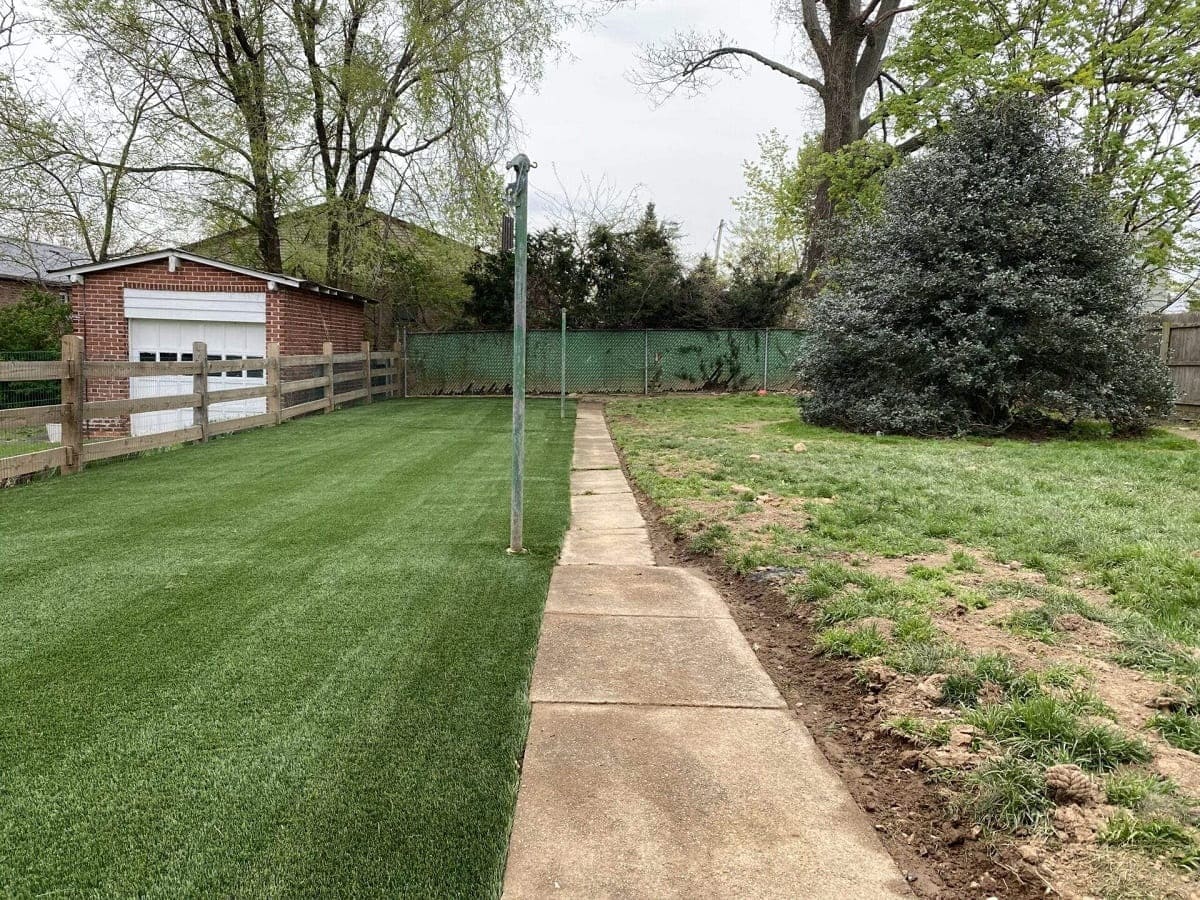
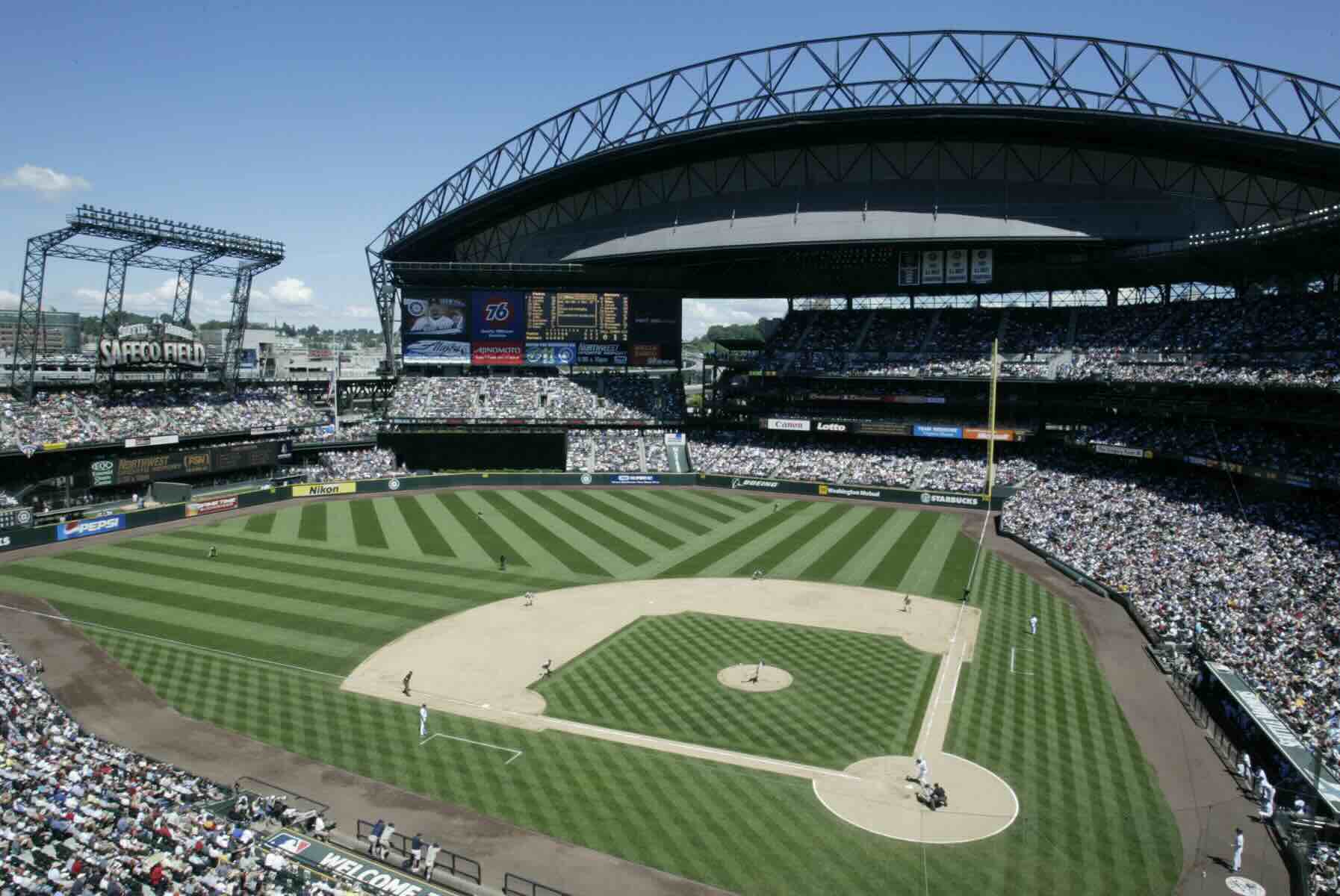
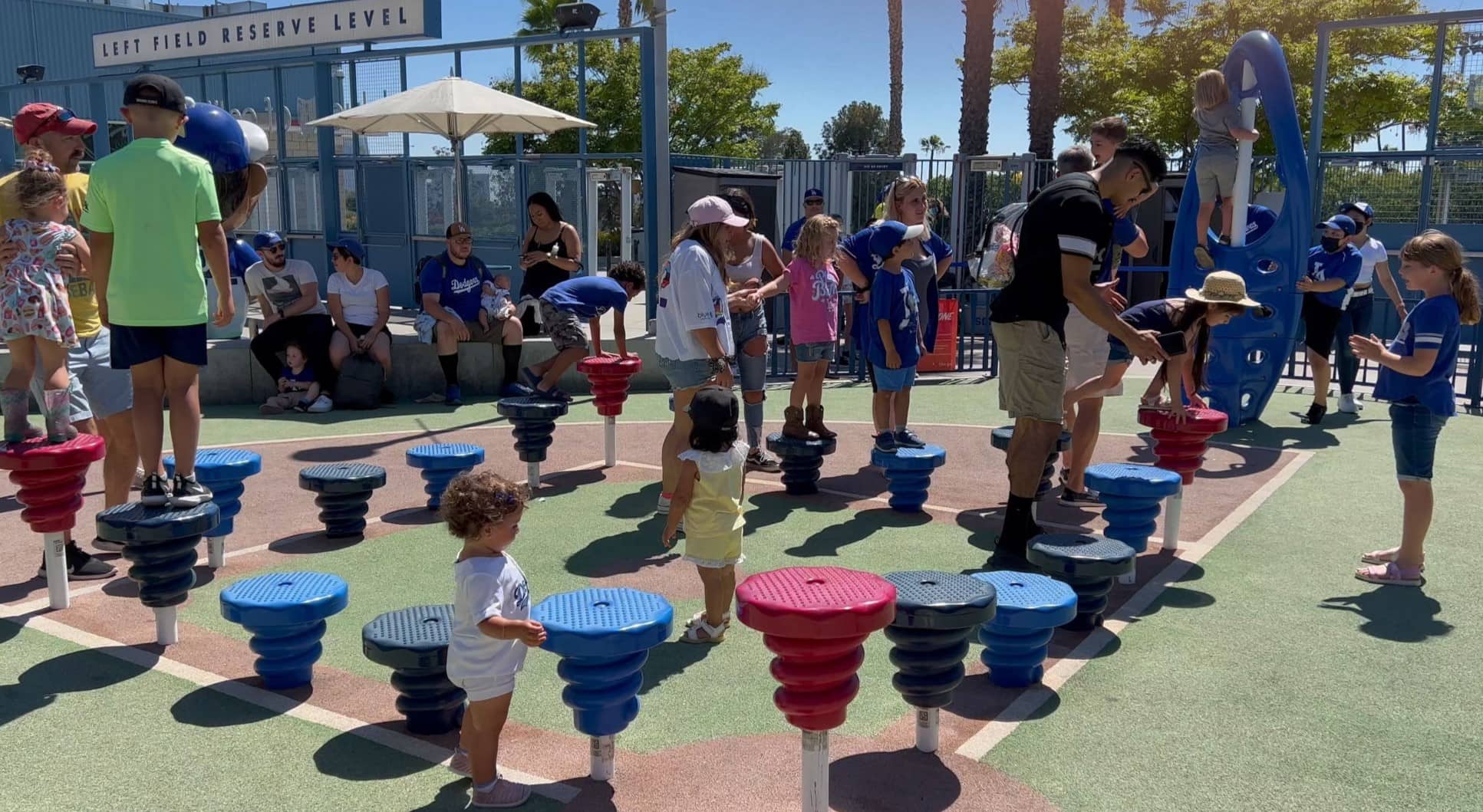

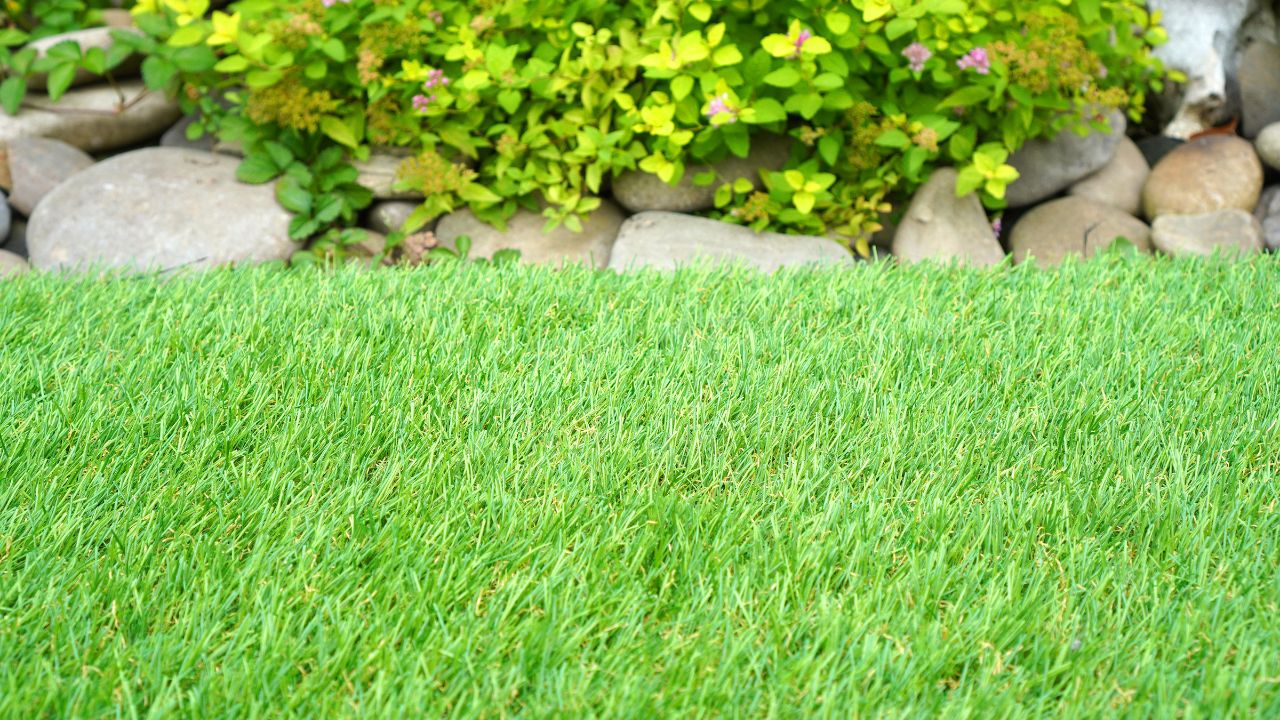
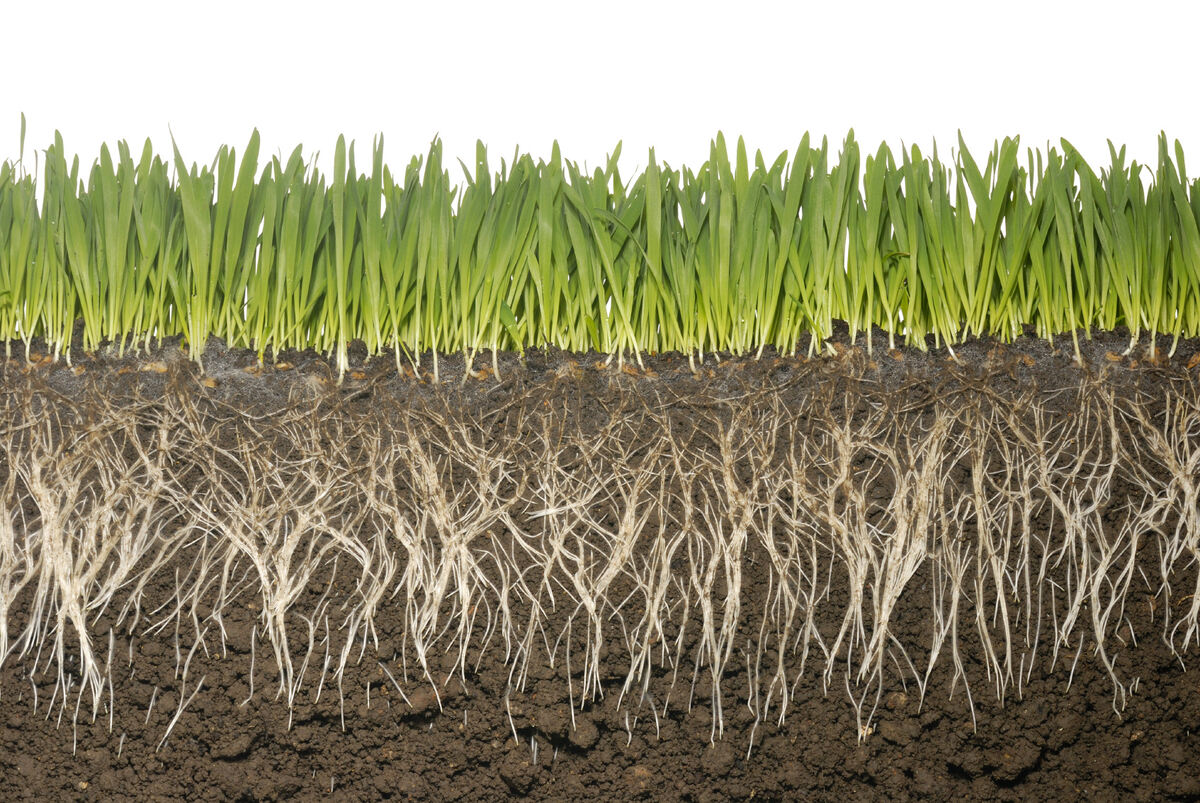
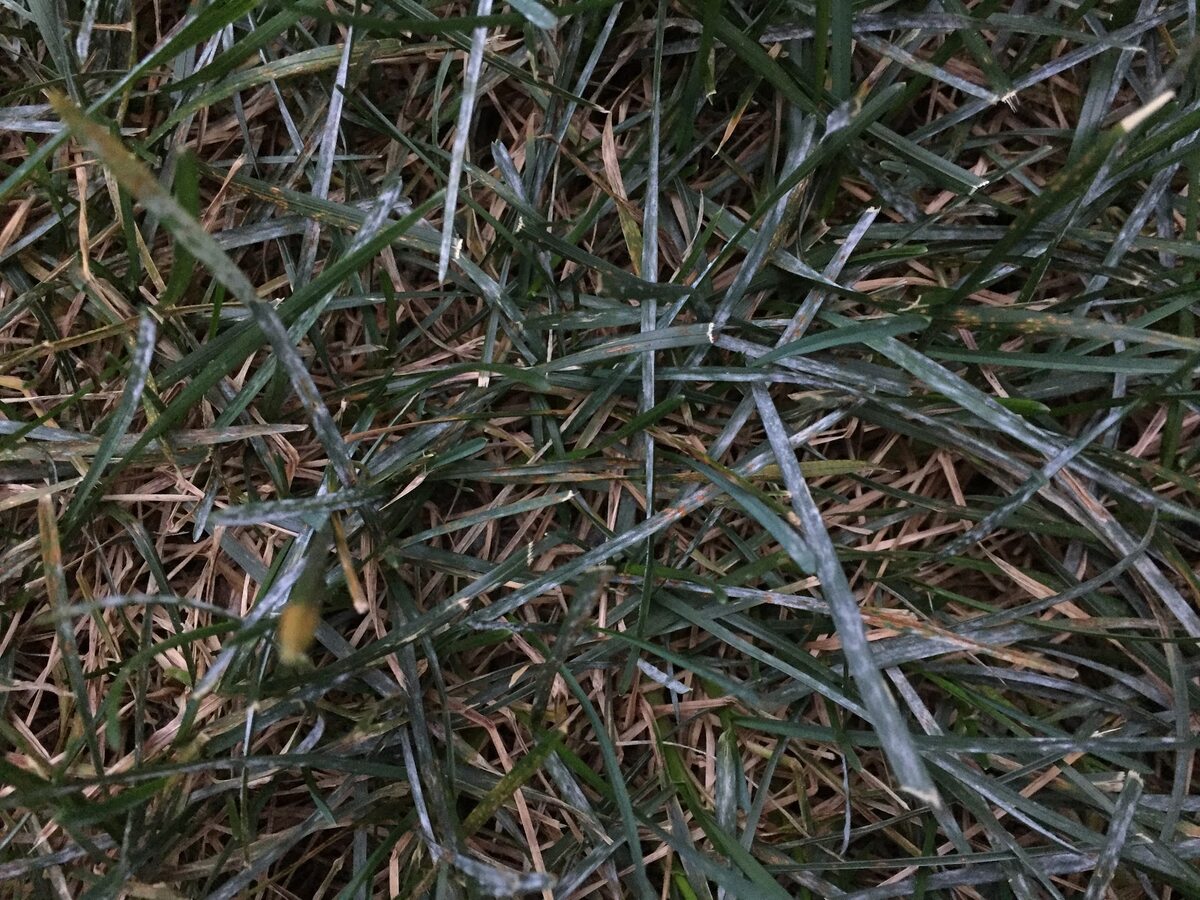
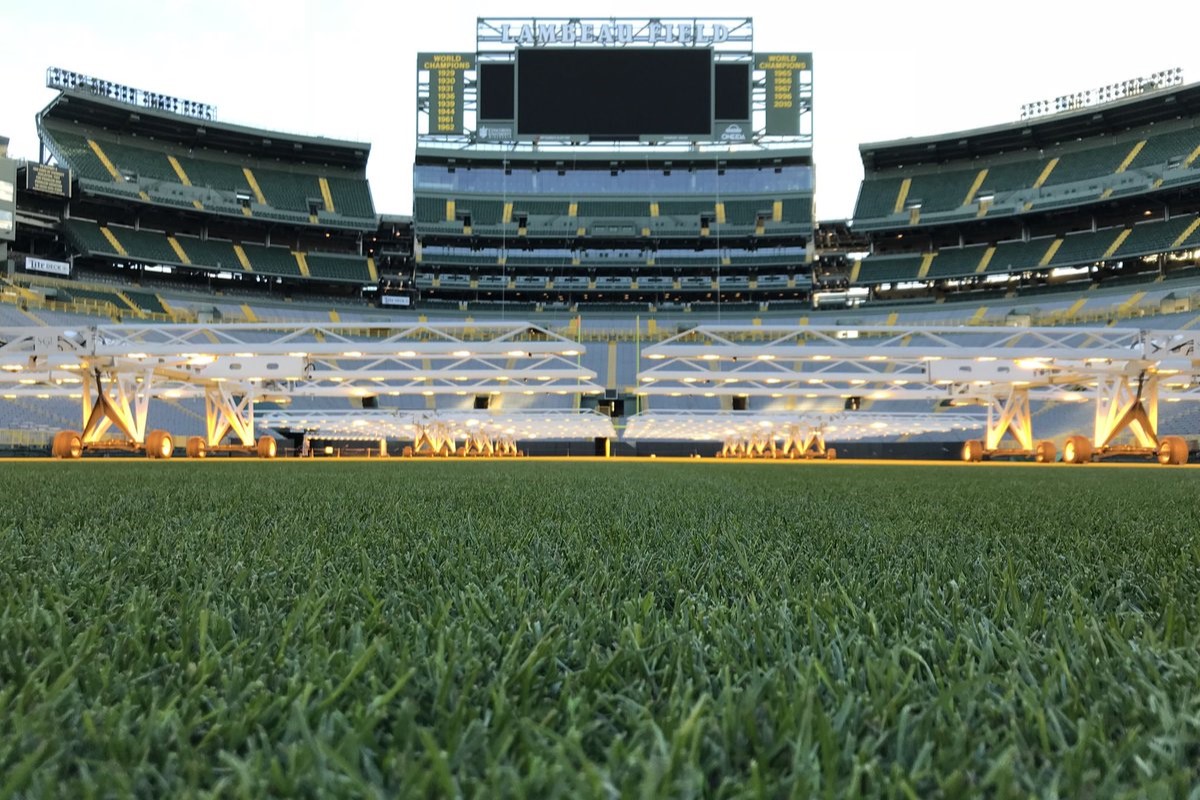



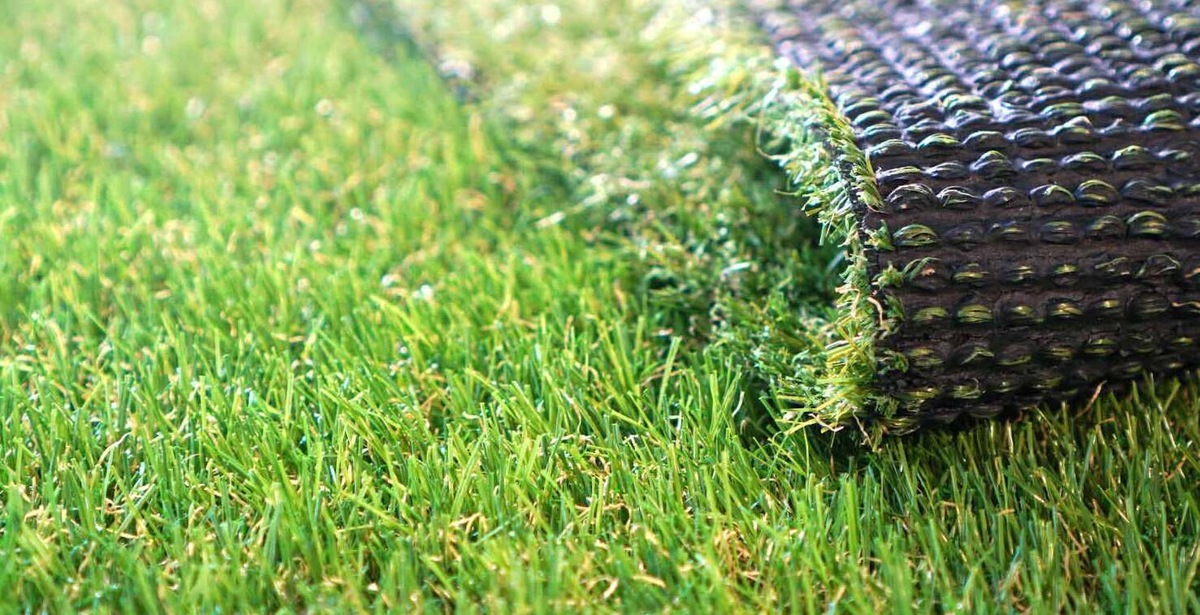



0 thoughts on “How Does Allegiant Stadium Have Real Grass”